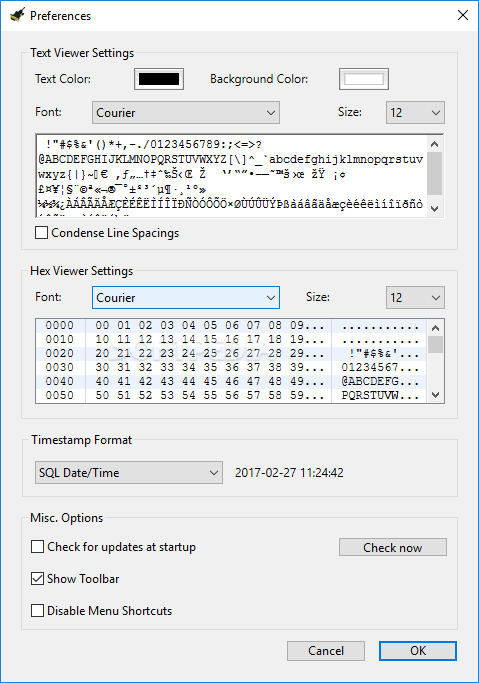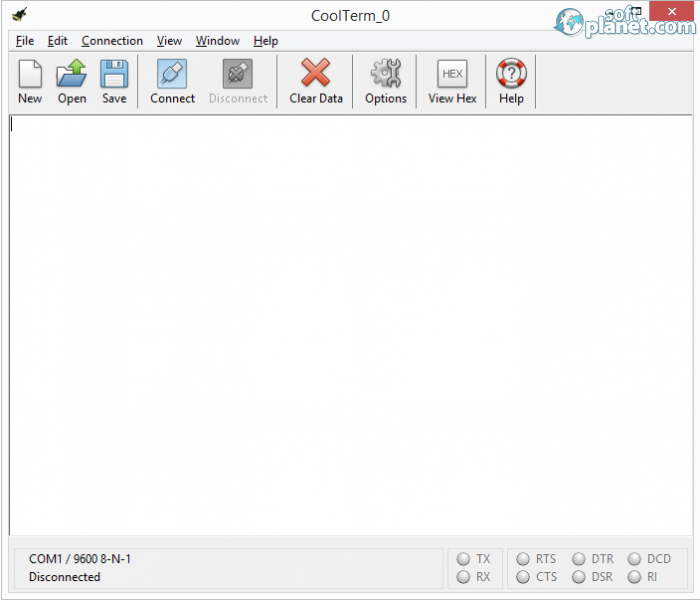


Yes, it looks exactly like the parallel (printer) port that you would find in older computers! It is however worth noting that the DB-25 port could transfer data either serially (RS-232) or parallely. The pin configuration of DB-25 port is as follows. This is the pin through which data is transmitted to the receiver. TxD (Transmitted data): The TxD pin is the Data Transmit pin.This is the pin where the receiver receives data. RxD (Received data): The RxD pin is the Data Receive pin.RI (ring indicator): An output from the modem and an input to a PC indicates that the telephone is ringing. It goes on and off in synchronous with the ringing sound.DCD (data carrier detect): The modem asserts signal DCD to inform the DTE that a valid carrier has been detected and that contact between it and the other modem is established.CTS (clear to send): When the modem has room for storing the data it is to receive, it sends out signal CTS to DTE to indicate that it can receive the data now.RTS (request to send): When the DTE device has byte to transmit, it assert RTS to signal the modem that it has a byte of data to transmit.DSR (data set ready): When DCE is turned on and has gone through the self-test, it assert DSR to indicate that it is ready to communicate.

DTR (data terminal ready): When terminal is turned on, it sends out signal DTR to indicate that it is ready for communication.The pin description for the RS-232 pins is as follows: Yes, it looks exactly like (in fact it is) the serial port you would find in older computers. The pin configuration of DB-9 port is as follows. We will have a look at both of them here. RS-232 protocol is mostly used over the DB9 port (commonly known as serial port), however earlier it was used over the DB25 port (also known as parallel port). The serial ports on most computers use a subset of the RS-232C standard. RS-232 is the interface that your computer uses to “talk” to and exchange data with your modem and other serial devices. In other words, RS-232 is a long established standard that describes the physical interface and protocol for relatively low-speed serial data communication between computers and related devices. RS-232 (Recommended Standard – 232) is a standard interface approved by the Electronic Industries Association (EIA) for connecting serial devices. As we proceed ahead in this post, we will deal with the concept of level conversion and towards the end, we have something interesting and practical for you – the loopback test! Contents This is the protocol you will be using the most when involving microcontrollers like AVR. In this post, we will learn about the RS-232 protocol of serial communication. In the previous post, we discussed about the basics of serial communication.


 0 kommentar(er)
0 kommentar(er)
